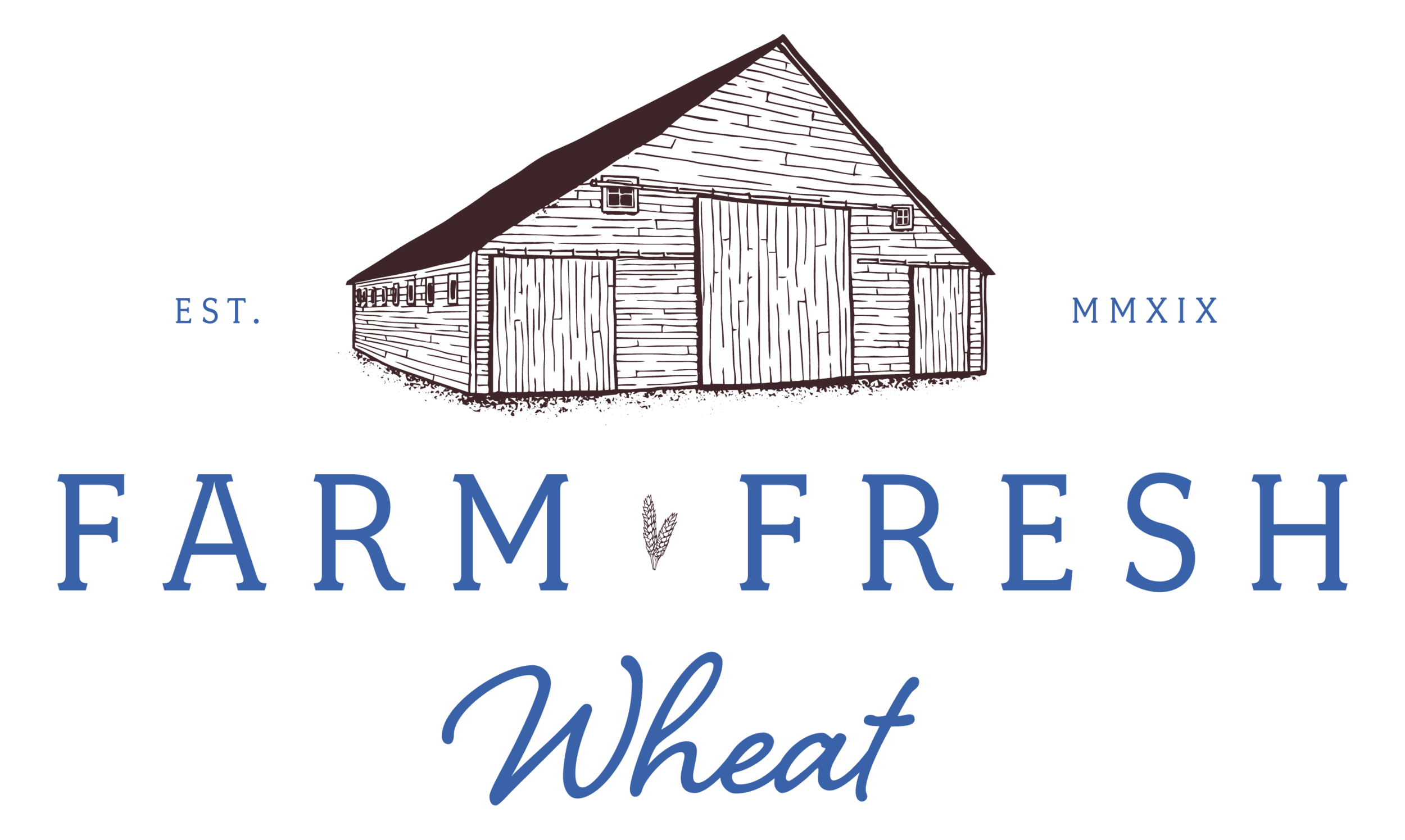How to Choose Wheat Berries
Hi Friend!
Have you ever been overwhelmed by wheat berry options? Soft, hard. Red, white. Spring, winter. Not to mention the ancient grains. Where do you start? If you’re like some people I’ve talked to, you eventually buy the first wheat berries that sound good, not 100% confident if it is going to work for your recipes.
Believe me, I’ve been there. When I first started researching milling my own flour I was also confused by the choices. I don’t know how many times I asked Kevin what type of wheat we grow as I poured over blogs trying to learn the differences between wheat berries. It’s embarrassing to say, but up to that point we just called it wheat, so I had no idea what type it was.
It’s actually quite easy to determine what wheat berries you need for a recipe (personally, I think it’s easier than trying to determine what whole wheat flour you need from the store). There are two rules I follow: hardness and color.
Hardness:
Wheat berries are categorized into two hardness categories: hard and soft.
Hard:
Hard wheat berries have a high protein content which is important for yeast breads. Hard wheat also has a low moisture content. The high protein content is needed for yeast breads because protein combined with liquids creates gluten. Gluten is what creates the rise and texture we love in breads.
Soft:
Soft wheat berries have a lower protein content and a higher moisture content than hard wheat berries. The lower protein content results in less gluten, which is perfect for non-yeast recipes (think quick breads, cookies, cakes, biscuits, brownies, etc.). Too much gluten in quick breads will actually cause them to be tough in texture.
Not all wheat berries are equal.
Hard wheat berries are best for yeast breads, while soft wheat berries are perfect for quick breads like this moist banana bread.
Color:
Wheat berries are also categorized into two color categories: red and white. Color does not impact the “bake-ability” of the wheat berry, but it does impact the final taste.
Red:
Often hard red wheat berries are the go-to for yeast breads. Red wheat (hard or soft) will have a nuttier, whole wheat flavor.
White:
White wheat berries have a milder flavor than red wheat. Soft white wheat is a popular choice for pastry flour because the taste will not compete with the other flavors in the cake or pastry. If you have a picky eater in your household, a white wheat berries may be the way to go. I know my farm boys didn’t even notice when I switched from all-purpose flour to freshly milled soft white wheat.
Color.
White wheat berries will be lighter like these, while red wheat berries will be more red in color.
What about Seasons?
What about winter or spring you ask? Winter and spring refers to when the wheat is planted. Winter wheat is planted in the fall, goes dormant during the winter, regrows in the spring, and is harvested in the summer. Spring wheat is planted in the spring and harvested in the summer.
How do you interpret wheat berry names? Let’s do the two most popular.
Soft White Winter Wheat – soft in hardness (best for non-yeast breads), white in color (mild taste), planted in the fall
Hard Red Spring Wheat – hard in hardness (best for yeast breads), red in color (nuttier taste), planted in the spring.
There! Now you can feel confident when buying wheat berries for your favorite recipes. And if you are looking for soft white wheat berries that have great texture and taste, we have you covered. Just click, shop now to buy our farm fresh wheat berries.
Best,
The Sieverkropp’s


